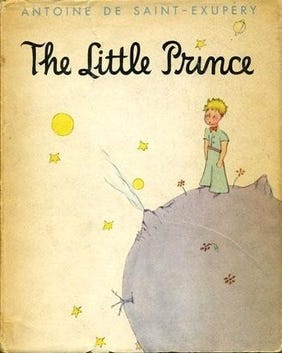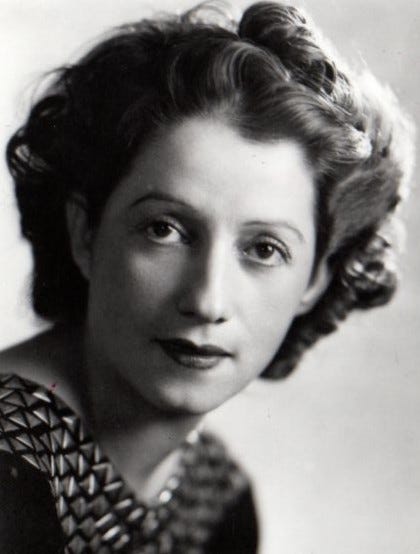I was wide awake at 4 am—jetlagged and disorientated and in a wormhole.
All my stuff was in a storage unit in NYC and now I was laying in bed in a small, loft apartment in Paris. I was going to be in Europe for the next 3 months and the first stop was Paris for a few days.

I googled “Salvadoran population in France” out of curiosity. Around 1,200. Wild. A few other things I learned:
There’s a French international school in El Salvador
Both nations signed an agreement to mutually recognize each other’s university diplomas
There’s an Alliance française in El Salvador that guarantees the training of French-speaking teachers
I always wondered what brought Latin Americans to Europe since there were so few of them here. Back in 2018, when I first visited Paris, I went to a (really bad) Mexican restaurant and one of the workers there said they were from Mexico but had moved to Paris decades ago. I didn’t get to ask them how they ended up in Paris.
And in this late-night Wikipedia search, I discovered some Salvadoran history that I didn’t know about. El Salvador obtained its independence in 1841 after the Federal Republic of Central America ended. Then, in 1858, El Salvador and France established diplomatic relations, which resulted in quite a few French people moving to El Salvador.
What surprised me the most was the mention of the book The Little Prince. This iconic book was written in 1943 by the French writer Antoine de Saint-Exupéry. If you haven’t read the book, it’s about a prince that travels around the universe to different planets. It also features a kindhearted and fragile (but vain) rose that was inspired by Saint-Exupéry’s wife, Consuelo de Saint Exupéry.
I never see any type of Salvadoran representation in media, so whenever I do, I’m always delightfully shocked. Consuelo was a writer and artist who was the daughter of a rich coffee family in El Salvador. She had asthma, so her dad sent her abroad to San Francisco, and then later she studied in Mexico City and France.
In 1931, she was living in Buenos Aires when she met Count Antoine de Saint-Exupéry, who happened to be an aristocrat, writer, and aviator. Consuelo wasn’t like the other women of her time. She was divorced, widowed, and was seen as a bohemian and mischievous woman. She was beautiful and intelligent and everyone was into her, including Count Antoine de Saint-Exupéry.
He became her third husband and Consuelo was now officially a Countess. Consuelo and Antoine had a rough marriage, with Antoine constantly traveling and cheating on her, breaking up and getting back together, and Antoine’s social circle not liking Consuelo.
But of course, Consuelo was also Antoine’s muse. He wrote The Little Prince and some people say it was both a love letter and an apology to Consuelo. It’s also said that the 3 volcanoes in The Little Prince were inspired by the ones in El Salvador (which I saw recently on my last trip there): Izalco, Cerro Verde, and Santa Ana.
I also have to admit: I have not read The Little Prince. I own a copy of it in French from when my French teacher recommended it to me and sadly, I never read it. But it is now next in my queue.
Small pleasures that have made me happy lately:
Starting my mornings with a cappuccino
Golden hour on the Arno river
The sound of the word “dolci” (and also me eating panna cotta like once a week)
Starting a curated library with Aaron, which you can learn more about here and here
Thank you for reading! If you enjoyed this, please share, leave a comment, and subscribe. And keep in touch with me on Instagram and TikTok.







Great essay Sandy. I had no idea there was a muse behind that story. I think there is an animation of it somewhere too if you’re interested. Looking forward to your next one.